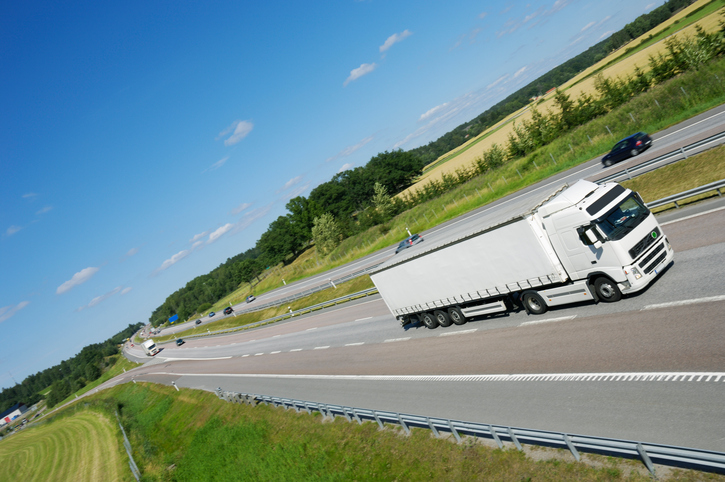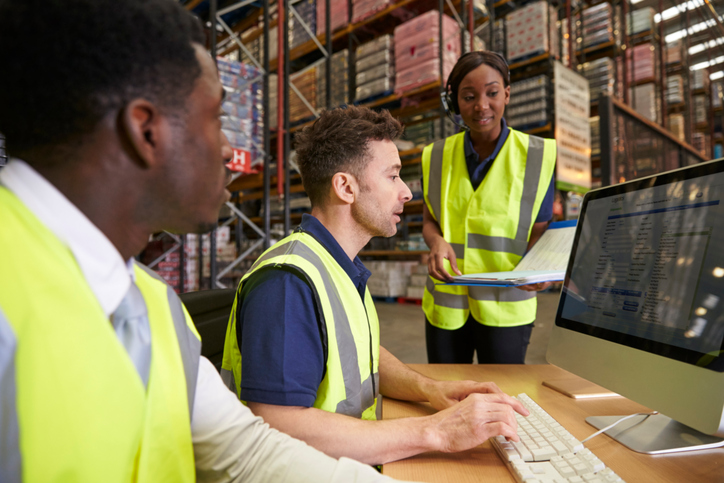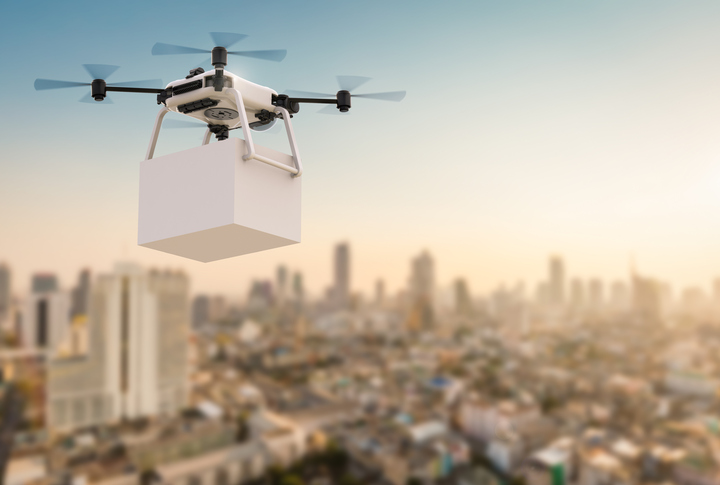
In the trucking and dispatching industry, last mile delivery is the term used to refer to the transportation of cargo from a final shipping hub and on to its final destination. Perhaps surprisingly, this stage of the journey is notoriously inefficient, representing a huge amount of the total cost of shipping goods. Finding innovative ways to save on this crucial stage of transporting goods could lead to much better finances within the industry.
Technological advances could prove to do just that. A number of promising new tools and techniques have arrived, and might be able to solve the lingering issues of inefficiencies in last mile delivery. Want to get an idea of what’s on the way? Here are a few technologies that have already started to make an impact.
Technology & Consumers Are Improving Load Planning Efficiency
The old days of shipping being about getting an order out to its final destination within a couple of days are nearly gone. Now, people and businesses alike are increasingly seeking out options that can deliver goods within just a few hours of an order being made.
This presents a difficult challenge for dispatchers and other professionals in the trucking industry, who might need to plan and adjust delivery routes and schedules on the fly. Fortunately, numerous technological advances are making it possible to adjust. New software makes it easier to receive and push through orders for fulfillment, as well as to plan for urgent adjustments to load plans. This ability to plan smarter can help offset some of the costs associated with quick turnarounds for deliveries, and will likely prove to be an important consideration for graduates of dispatch schools.

Mobile Phones with GPS Are Shaking up Last Mile Delivery
The ubiquity of mobile phones is helping to transform an important and largely difficult issue in last mile delivery: tracking. By using the location data that’s captured by a driver’s phone, it’s possible to ensure that trucks follow the most efficient route, go to all destinations they are meant to go to, and preserve the efficiency necessary for success in last mile delivery. This can be achieved without having to invest in extra sensors, expensive software, or other costly solutions.
Being able to track goods as they progress toward their destination is something that consumers are beginning to demand, and this technology is an excellent solution for meeting that demand. Graduates of a transportation operations program can expect the built-in tracking capabilities of cell phones to play an important role in dispatching work they do.
Graduates of Dispatch Schools May Encounter New Vehicles for Transportation
Who says trucks and cars are the only solution for last mile delivery? Advances in drone technology and autonomous robots are making a future in which dispatchers use smaller vehicles for some deliveries increasingly likely. Whether on land or in the air, these vehicles would share a small size, great manoeuvrability, and could perhaps gain greater access to people—for example, a truck can’t drive right up to the fourth floor of an apartment building, but maybe a delivery robot someday could.
Employing these kinds of delivery solutions alongside traditional trucks will be an interesting challenge for the new generation of dispatching professionals. Still, it’s one that will likely be important to improving efficiency even further. Once you’ve entered your career, expect to see airborne and land-based delivery robots transform the dispatching landscape before too long.

Do you want to help shape the future of dispatching and delivery?
Contact Automotive Training Centres to begin a dispatching program in Toronto!

